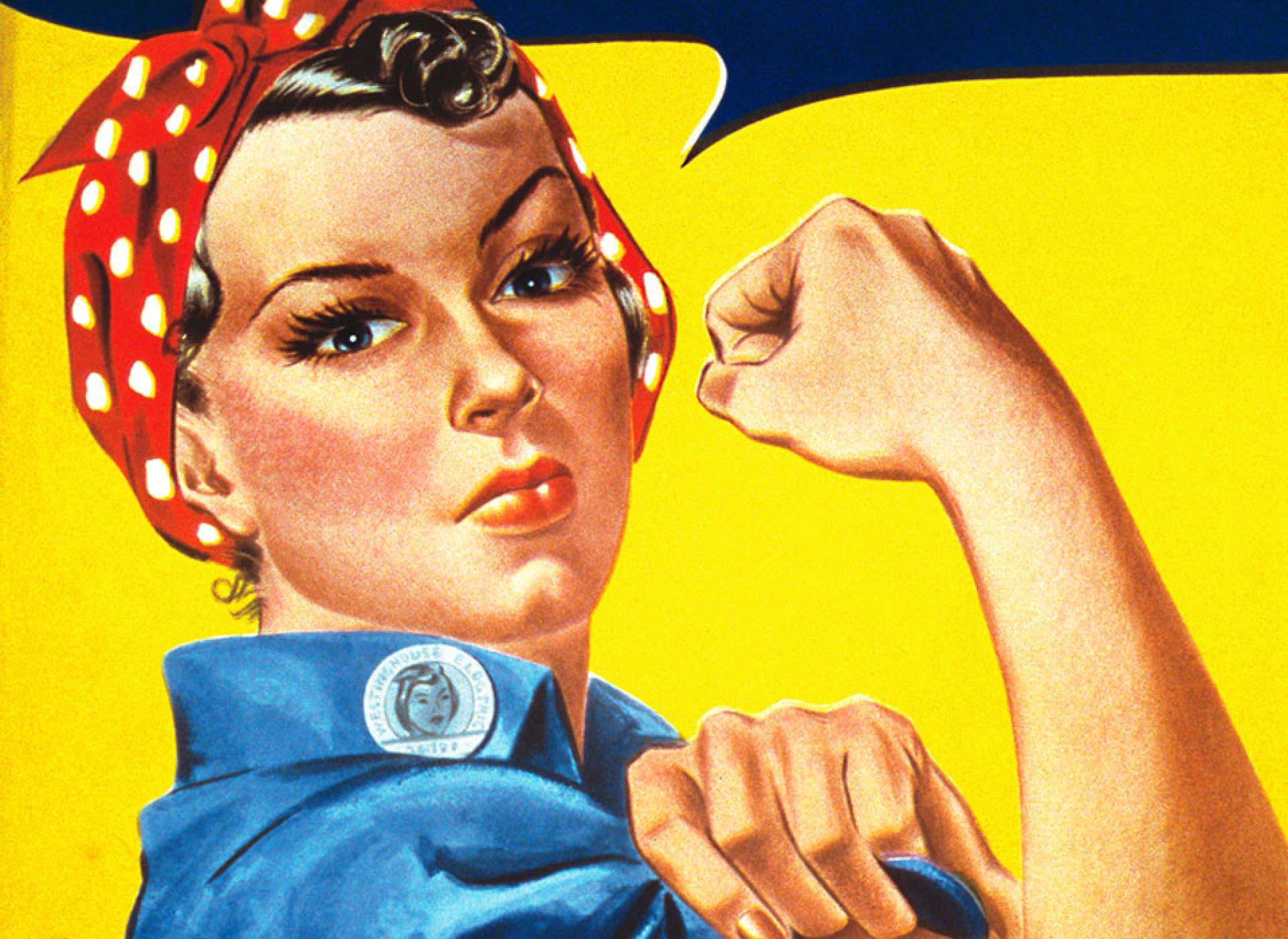World War II saw women stepping into a broad spectrum of occupations in both military and civilian capacities.
- Blogs
- World War Ii
- Womens Pivotal Roles In Wwii 66322746bdccdd0001d2da50
Women's Pivotal Roles in WWII
World War II • 1 May, 2024 • 1,08,120 Views • ⭐ 1.0
Written by Shivani Chourasia

It's difficult to determine the exact figure, but World War II had a higher number of combatants than any war before, with estimates ranging between 70 million and 100 million participants. This exceeded the numbers from World War I. The massive demand for manpower opened significant opportunities in all sectors, whether in civilian life or military engagements. Women rapidly filled these vacancies. Beyond conventional roles such as nursing or administrative duties, many women took on positions as welders, drivers, aviators, and even as combatants.
Echoes of the Past

World War I was the first conflict where women began to fill roles traditionally held by men, including non-combative roles like clerical work, driving, nursing, and even in hazardous positions. In the UK, women working in ammunition production were nicknamed “Munitionettes.” The subsequent global conflict of World War II required an even greater female workforce than the previous global conflict. Women in the thousands sought work to support the war effort.
Evolving Roles in a New Conflict

The roles women occupied varied significantly from one country to another, largely due to differing national attitudes. Some countries, like the United Kingdom and the United States, prohibited women from engaging in combat. Conversely, the Soviet Union welcomed women in combat roles, with many serving as pilots, sharpshooters, and tank crew members. In terms of industrial employment, statistics are telling. In the United States, about 19 million women were employed, making up thirty-six per cent of the workforce in sectors such as munitions, chemicals, and machinery. In contrast, Nazi ideology strictly limited women to traditional roles centred on domesticity and motherhood. Nevertheless, the exigencies of war compelled the inclusion of thousands of women in diverse roles ranging from domestic aides to prison wardens, and agricultural workers.
Technological Advancements and New Opportunities

World War II opened up opportunities for women that were unavailable during World War I. Innovations such as radar technology and the urgent needs of war led to the opening of many previously inaccessible roles. Despite the advancements, a common rule persisted in all Western nations: women were excluded from direct combat roles.
Women's Expanded Roles in the RAF and Beyond

In 1940, the advent of radar technology provided new opportunities for women in the Royal Air Force, where they served as plotters and air traffic controllers, directing night fighters to their targets. These women, often officers, were well-trained and skilled. They also participated in anti-aircraft units, handling both guns and searchlights, a stark contrast to the aviation-free skies of the Great War. The U.S. was the only nation not targeted by bombers. In the UK alone, 190,000 women joined the RAF, thereby releasing men for frontline duties.
During World War I, women were excluded from flying, but by the Second World War, perceptions had shifted. Starting in 1939, both the Royal Air Force and the U.S. Army Air Force formed two groups—the Air Transport Auxiliary (ATA) and the Women Airforce Service Pilots—requiring a minimum of one hundred hours of flight training. These women pilots undertook tasks such as ferrying aircraft for repairs, towing targets, and performing flight checks, thus allowing male pilots to engage in combat roles.